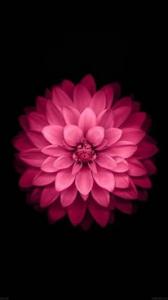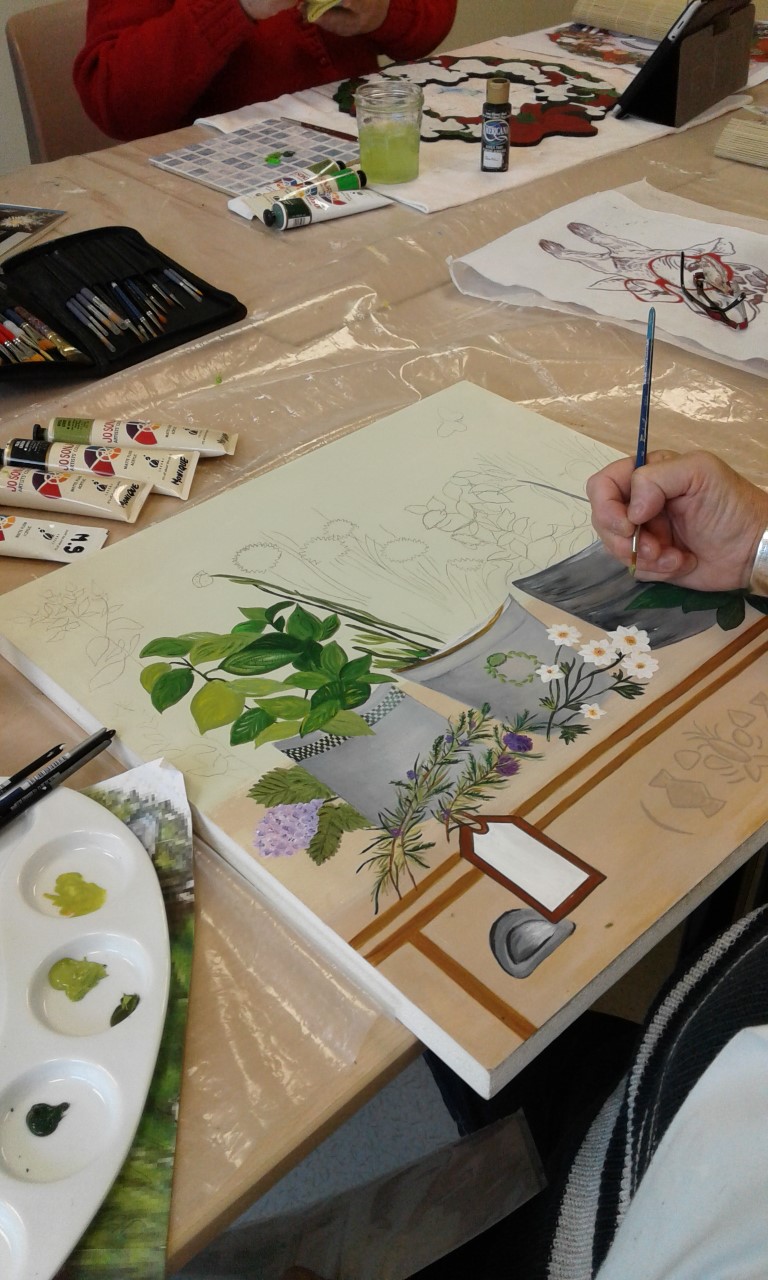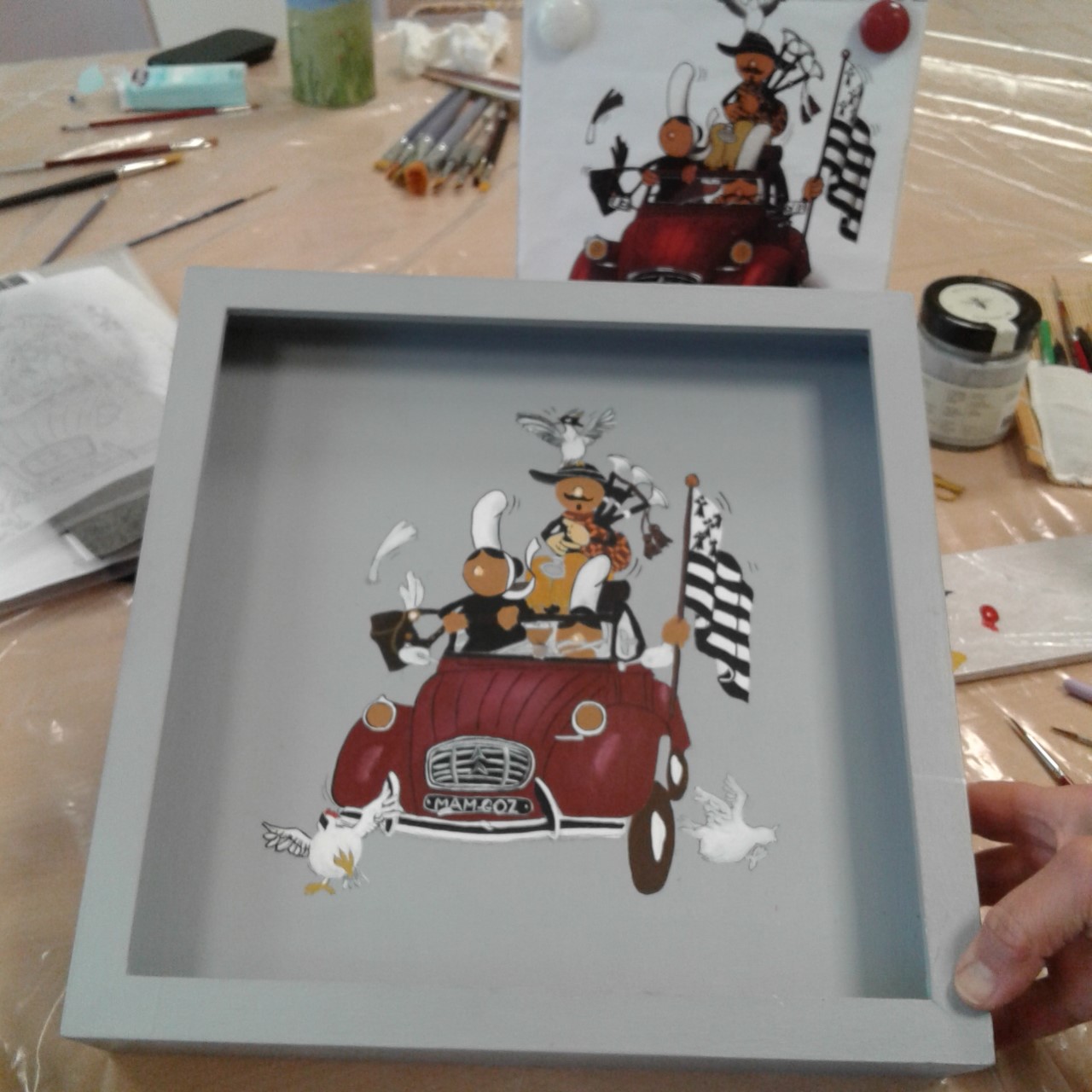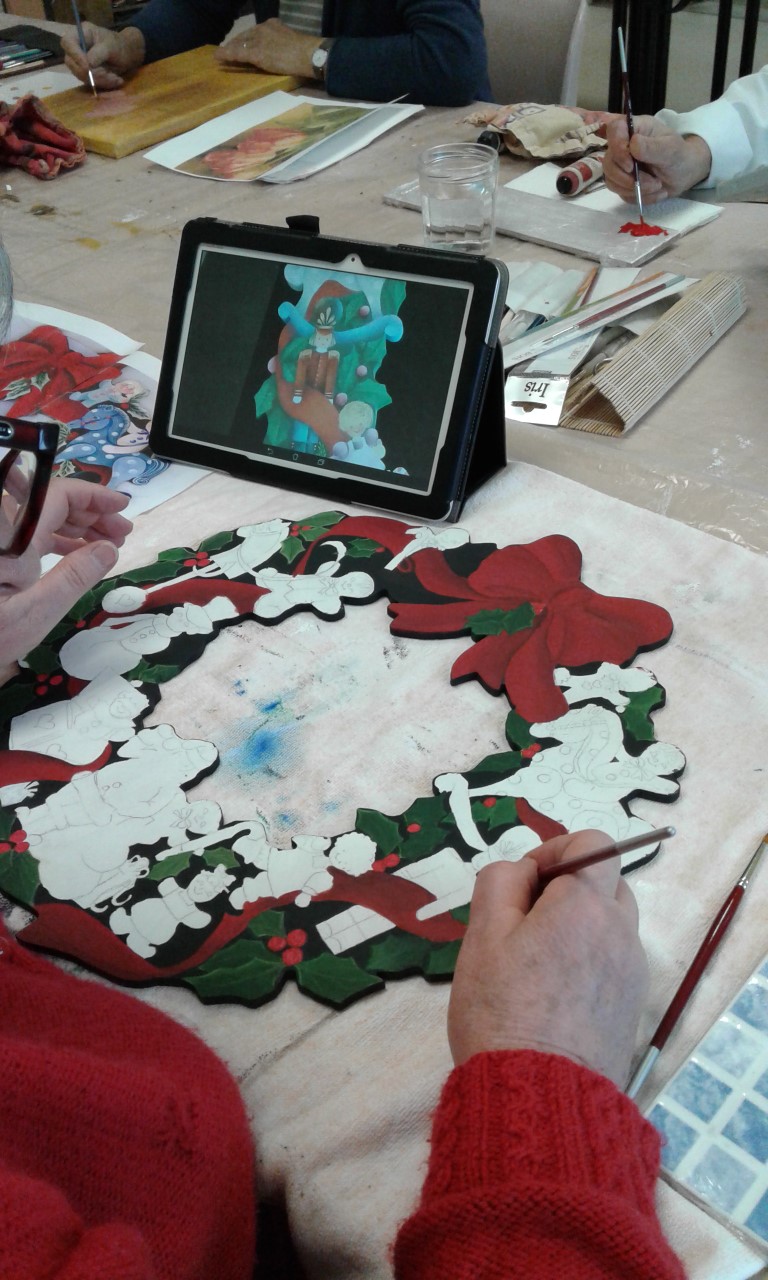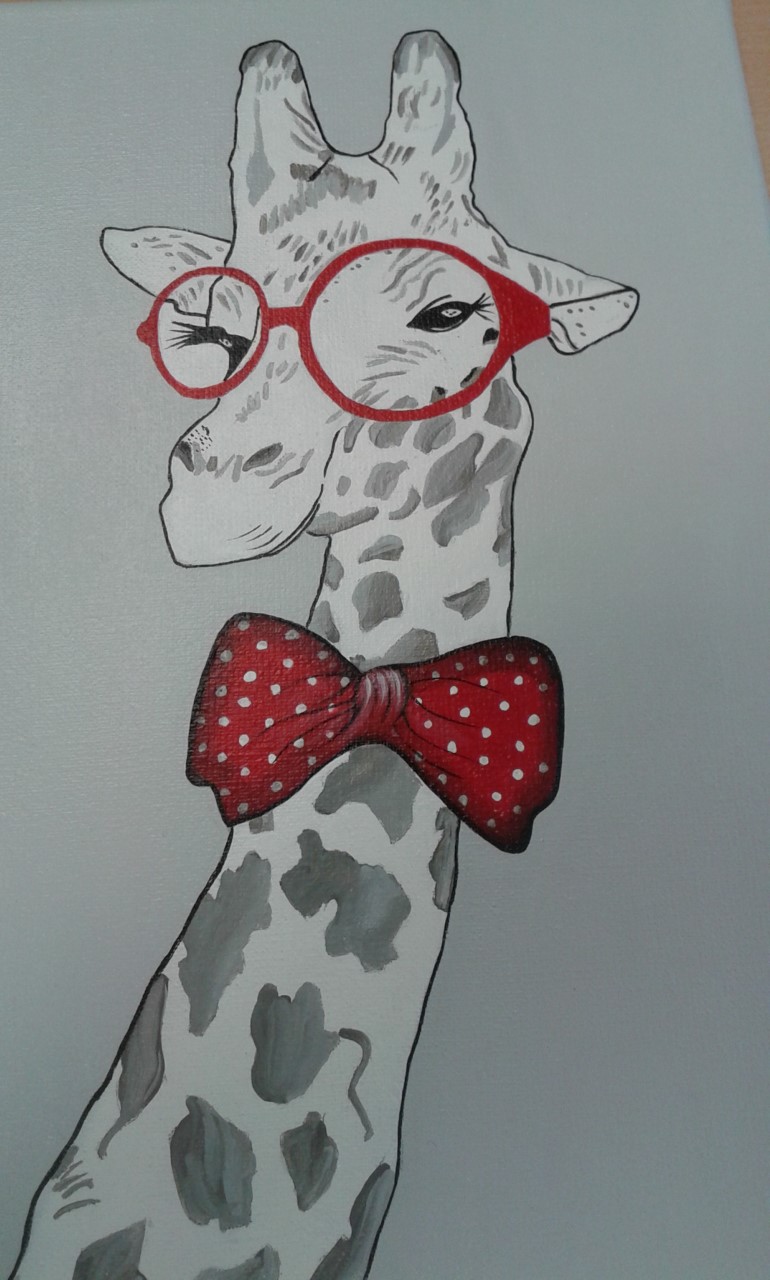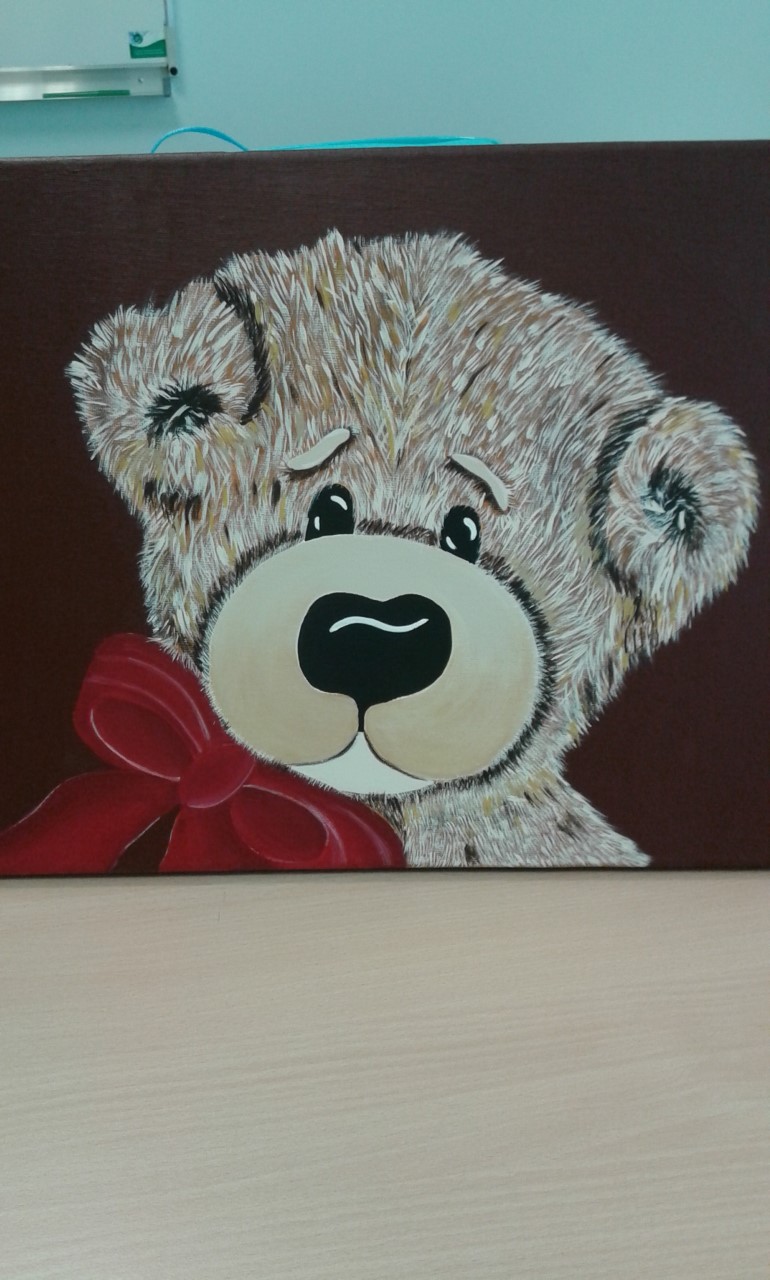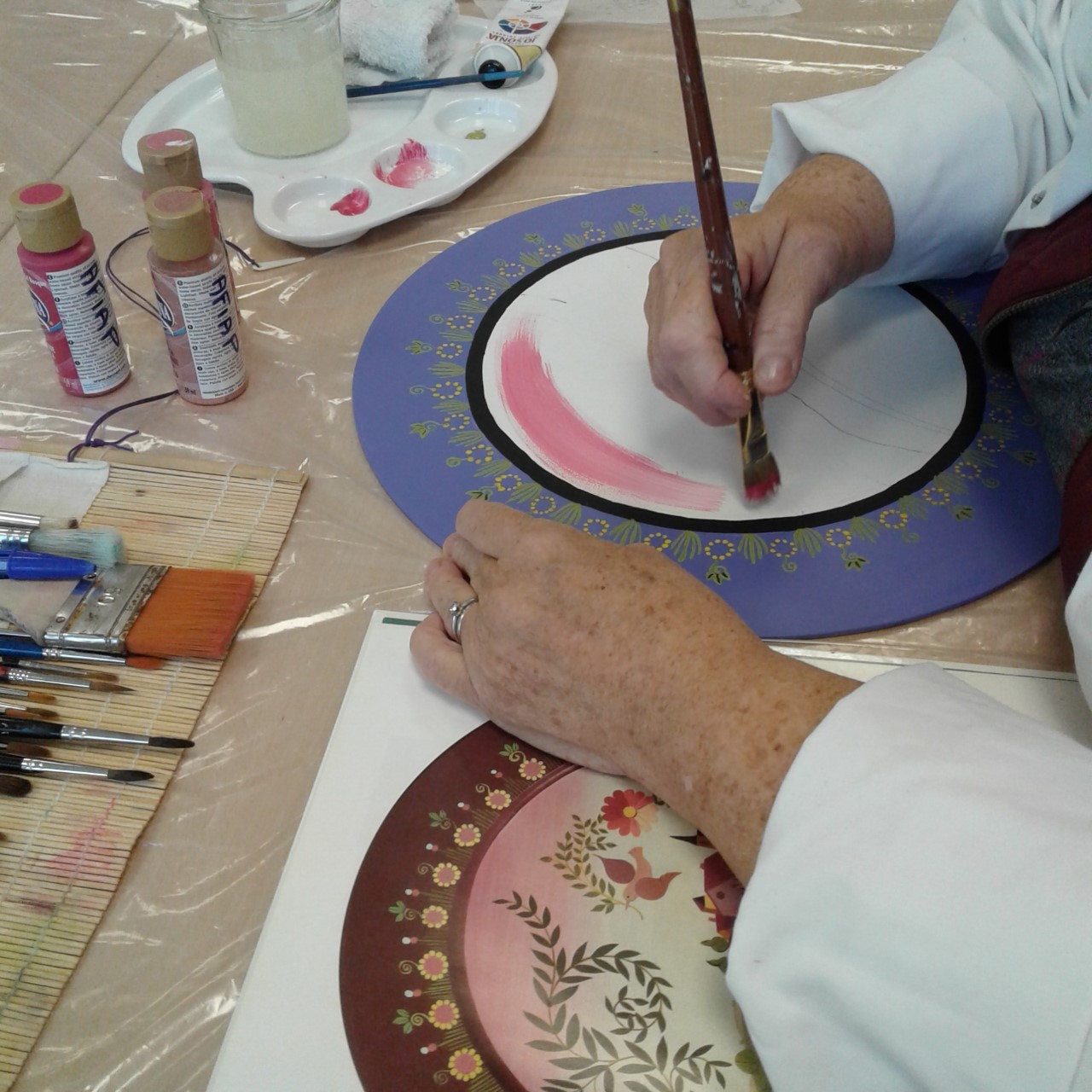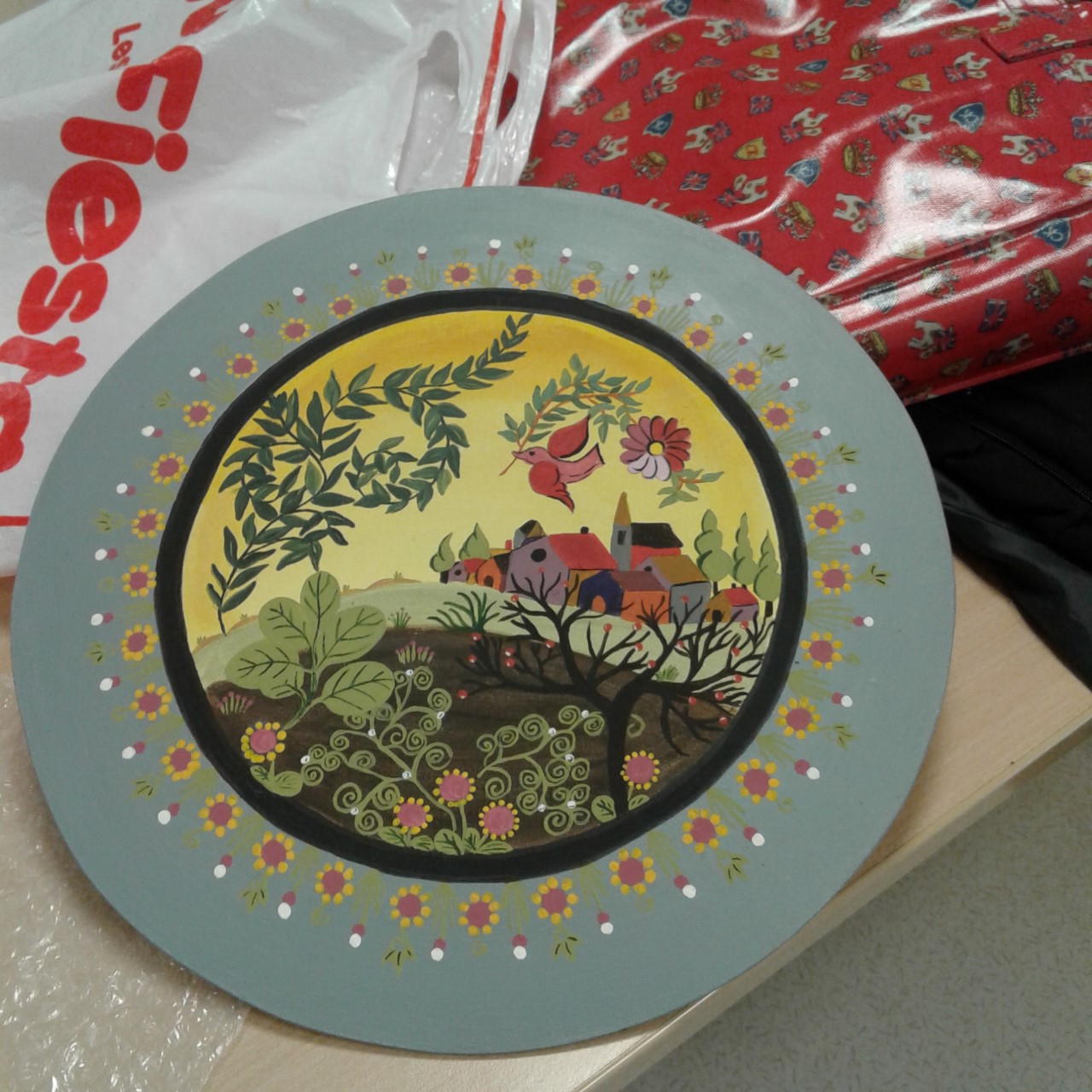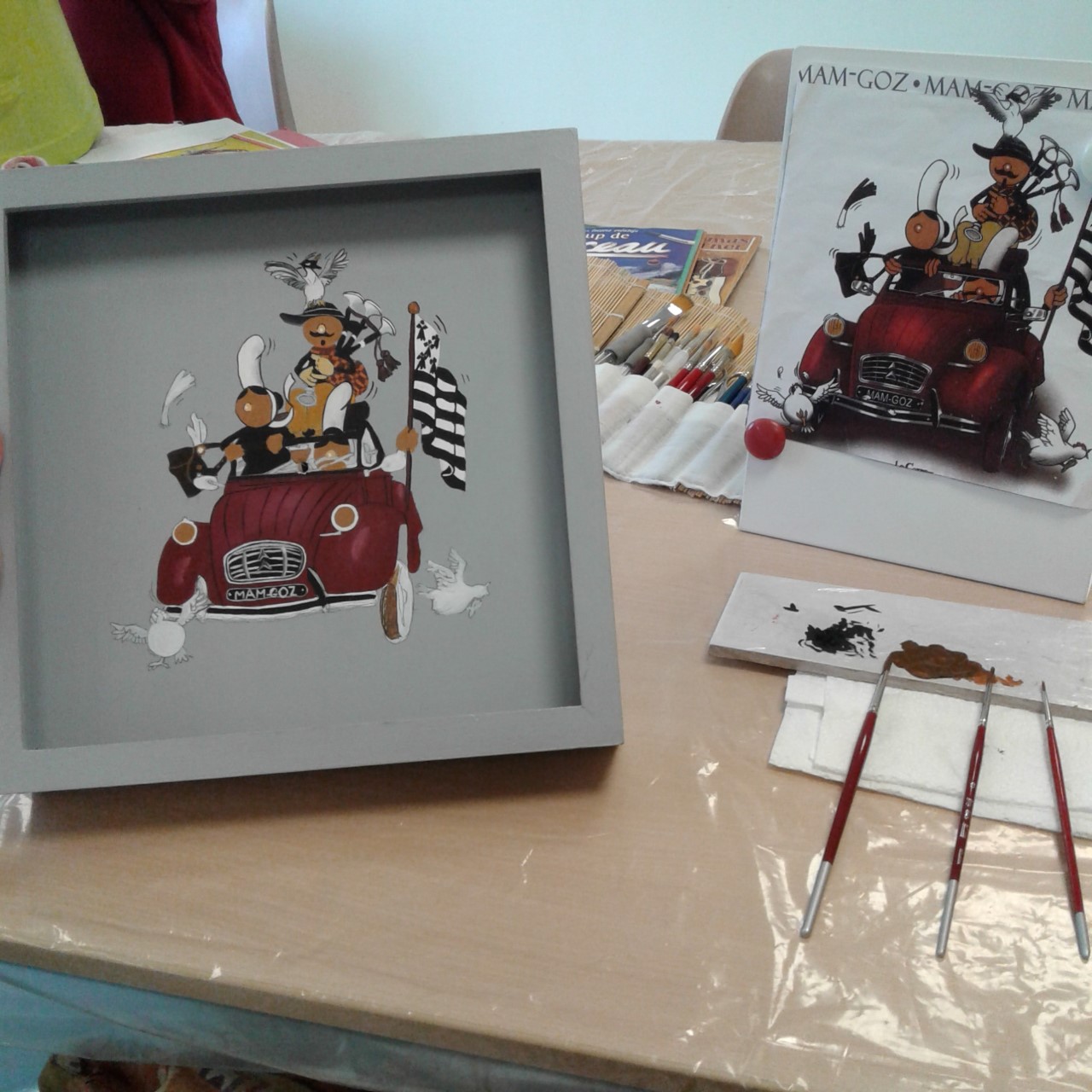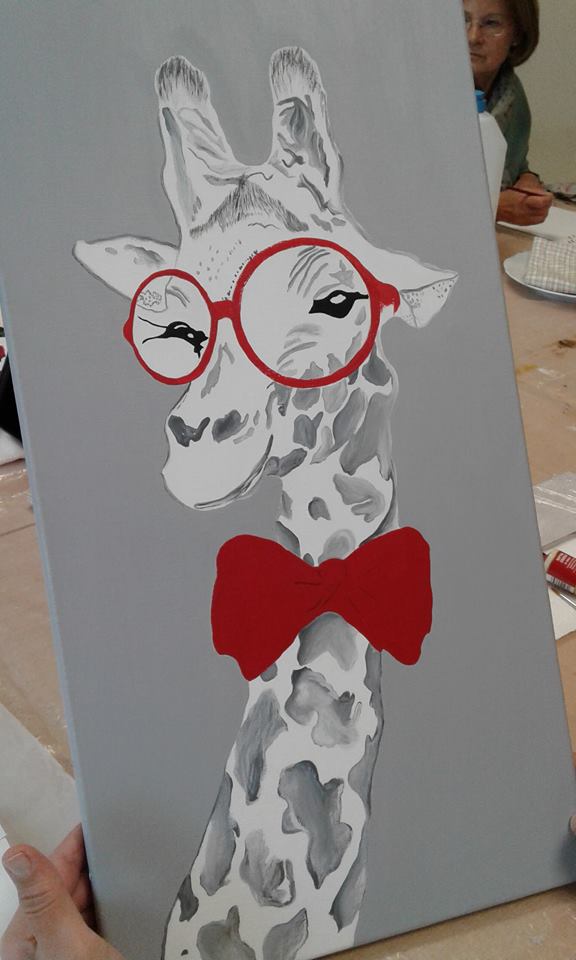Welcome Daisies
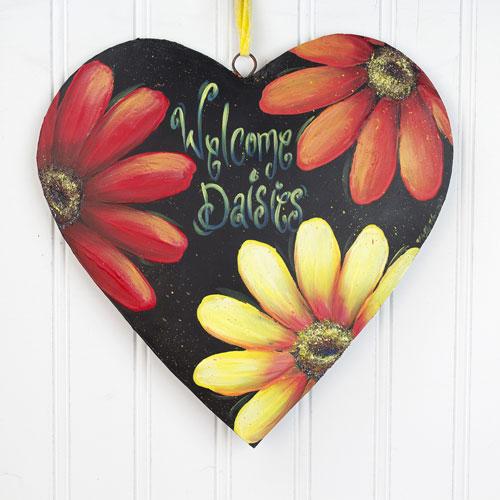
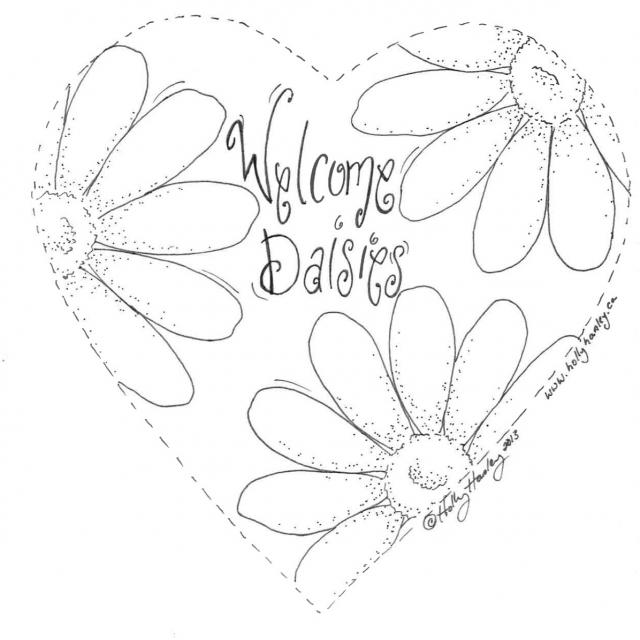
DecoArt Products Required
Americana Multi-Surface Satin
DA500-30 - Cotton Ball
DA506-30 - Lipstick
DA514-30 - Canary
DA528-30 - True Blue
DA536-30 - Coffee Bean
DA539-30 - Black Tie
Dimensional Effects
DS109 - Dimensional Effects
Snow-Tex
DAS9 - Snow-Tex
Palette Knife
DT02 - Palette Knife
DecoArt Brush and Stencil Cleaner
DS3 - Brush and Stencil Cleaner
Supplies
10/0 liner brush
¾” wash brush
#2 round brush
½” or ⅝” angular shader
⅜” lunar blender brush
1” oval mop brush
¼” deerfoot stippler brush
#10 filbert brush
Palette, tracing, and white graphite papers
Stylus
Paper towels
Brush basin
Old toothbrush
Surfaces
Puffed tin heart, 10” x 10”, Della and Co.
Instructions
1. Base tin heart with coat of Black Tie using large wash/flat brush. Let dry and repeat.
2. Transfer pattern on with white graphite paper and stylus.
3. Use palette knife to mix up Dimensional Effects with Canary (1:1). (Really press on palette knife to mix Dimensional Effects well with paint until it is creamy like mayonnaise. Add more paint if needed to achieve this consistency.)
4. Use filbert brush to paint Dimensional Effects/Canary mix on flower petals, starting at tip of petal and pulling in towards center. (Make sure to pick up a lot of mix and lightly press on brush. If you really press on brush, Black Tie background will show through so apply very light pressure and guide paint. Each petal will take three or four stokes to complete. Try to pull in nice long strokes so you get fewer brush marks although some
brush marks will just add to texture of petal.)
5. Use palette knife to mix up Lipstick and Dimensional Effects for red flower and then Lipstick, Canary, and Dimensional Effects for orange flower, painting petals in same fashion as step #4 above.
6. Use stippler brush to apply Snow-Tex to flower centers. (They look much like donut, adding more texture around edges and less in the center. Do not add any paint to Snow-Tex as it won’t hold its shape very well.)
7. Let dry (or speed dry with hairdryer on low setting) and basecoat centers Coffee Bean.
8. For yellow flower: Shade flower petals along bottoms and near flower center with angle shader brush using Lipstick and Canary. (Shading is indicated by little dots on pattern. See photo for placement.)
9. While shading float is still wet, mop lightly back and forth to soften and get id of any brush marks. Float again this time with Lipstick near flower center.
10. Use lunar blender brush to add highlight on petal with Cotton Ball. Wet lunar blender brush and then tap off all excess water. Pick up Cotton Ball and then blend back and forth on palette to get rid of excess paint and evenly distribute it on brush. Lightly brush highlight on upper middle area of each petal.
11. For red flower: Shade flower with Lipstick and touch of Black Tie. Mop to soften. Repeat with same color to darken.
12. Use lunar blender brush to dry brush highlight on petals with Canary. (If color is too bright, just add touch of Lipstick to Canary.)
13. For orange flower: Shade each petal with Lipstick plus touches of Canary and Black Tie. Dry brush highlights with lunar blender brush and Canary.
14. Stipple flower centers again with Coffee Bean. Add touch of Black Tie to Coffee Bean and stipple in some shadow in middle of flower centers and around bottom of outside edges.
15. Wipe brush clean. Pick up a little Lipstick and add a little close to shaded areas. Pick up Canary and stipple this in brightest areas very lightly.
16. Paint lettering True Blue using #2 round brush. Let dry. Highlight tops of letters with #2 round brush pulling Canary from top about ½ of way down. Repeat to brighten. Add a few little dashes of Canary around flower petals as well.
17. To finish, use old toothbrush to spatter Lipstick and then Canary on heart, wetting toothbrush just slightly first: Pick up paint and then pull the bristles back with fingers. (Make sure to test spatters on palette paper first before going onto piece so you don’t get any really large spatters.)
Date de dernière mise à jour : Lun 05 juil 2021

